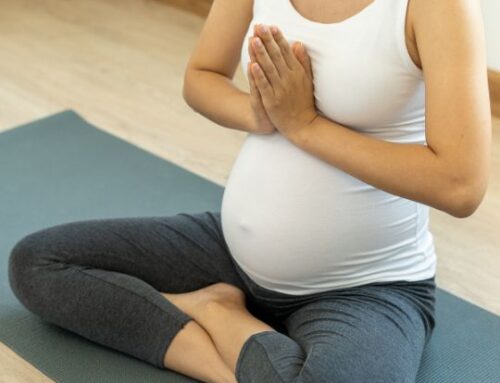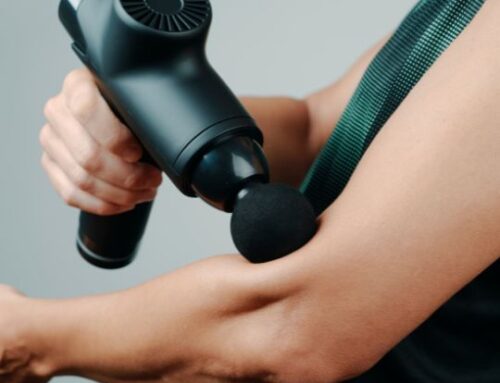The ground reaction forces during moderately paced runs can be intense post injury or postpartum. The pelvic floor has a lot of functions during every day life and movements, so when you add 1.6-3.9 times your bodyweight created by running at a moderate pace, it may not be able to adapt. When the pelvic floor isn’t strong, supple and reactive during impact movements you may begin to notice symptoms.
Running can be relaxing for a lot of people, especially postpartum women. It gives them some time away from home, helps to reduce stress and build strength in their new postpartum body. However, some complications may arise if you jump right back into running a little too soon. Experiencing leaking and/or heaviness in the pelvic region while running is common postpartum, but is NOT NORMAL. These symptoms may also be present during pregnancy and are also NOT NORMAL.
Of course things are changing during pregnancy and following birth. One of the biggest changes is what is happening in the pelvic floor. During pregnancy the pelvic floor is having to adapt to the increased demand being put on it from the weight of the baby, the weight of the placenta and the increased fluid in your body. It is ultimately trying to do it’s very best, compensating for the daily changes happening in our body. The literature suggests that women do not begin a return to run program until at least 12 weeks postpartum, at the earliest. A low impact exercise and recovery program would be ideal within the first 3 months to build a foundation.
If you are experiencing incontinence or heaviness in your pelvis while running there are things that you can do to help! Check out THIS SCREEN VIDEO and let us know if you had any pain, discomfort, heaviness or incontinence while performing any of the movements.
Be sure to go back to my previous posts on STRENGTH and BALANCE as well.
If you are, give us a call!





